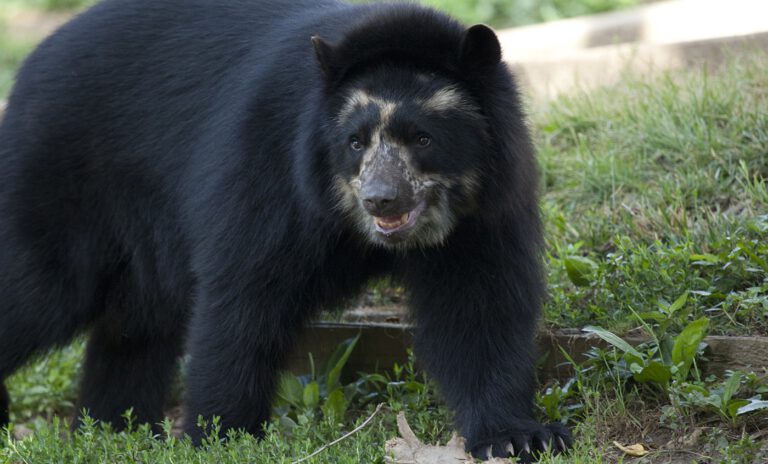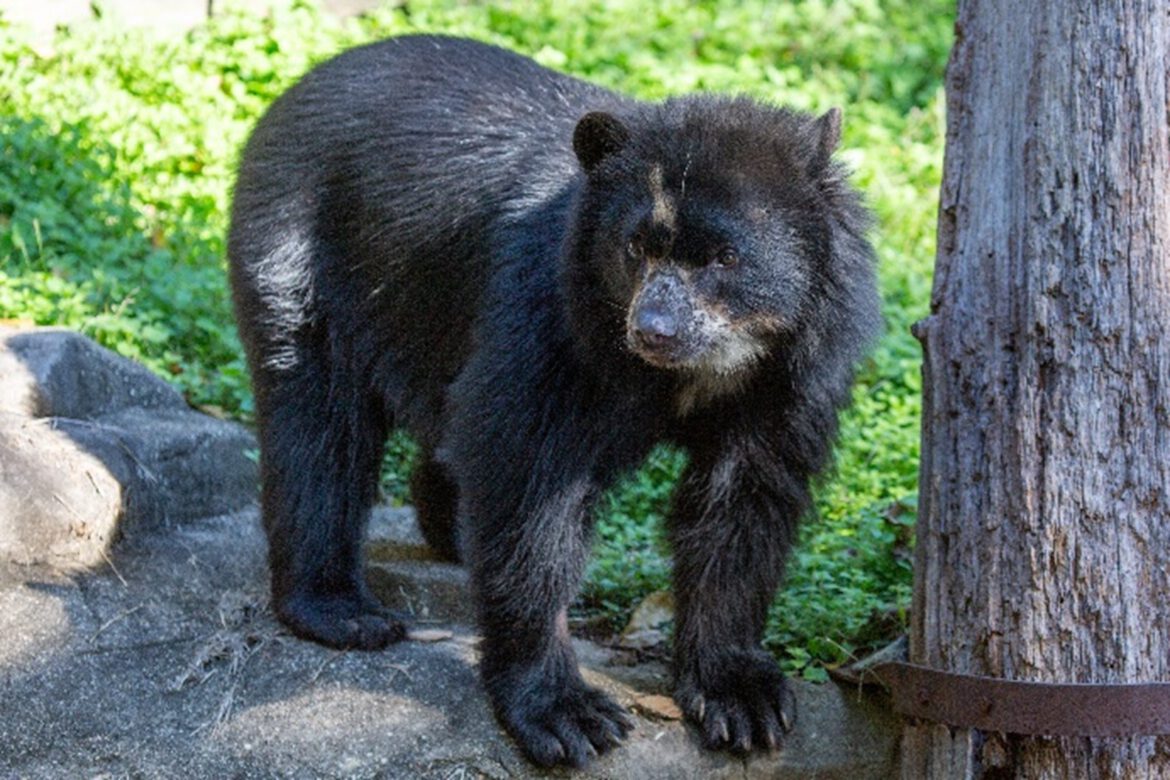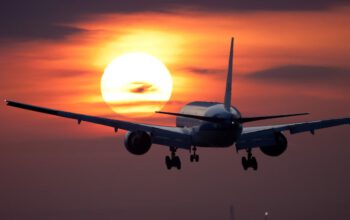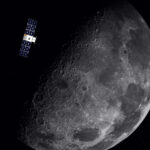It has been eight years but the Smithsonian National Zoo has new Andean bear cubs and the zoo and guests are excited.
Andean bears are a vulnerable species, and it is estimated that there are about 2,000 or so left in the wild.
Source:Roshan Patel, Smithsonian's National Zoo and Conservation Biology Institute
Andean Bear Cubs Born at Smithsonian's National Zoo and Conservation Biology Institute

After an eight-year hiatus, the Smithsonian's National Zoo and Conservation Biology Institute in Washington, D.C., is celebrating the birth of two Andean bears. The cubs were born Nov. 15 to first-time parents, 3-year-old mother Brienne and 9-year-old father Quito. The first cub was born around 4 p.m. and the second around 8:30 p.m. Animal care staff is closely monitoring the mother and cubs via the Andean Bear Cub Cam on the Zoo's website, allowing Brienne to care for her offspring without interference. Virtual visitors can also observe the Andean bear family on this temporary platform until the cubs leave the den.
Keepers report that Brienne has been attentively grooming her cubs and encouraging them to nurse. Both are active and vocal, and staff is cautiously optimistic that they will thrive. These cubs are the fourth litter born at the Zoo since 2010. It will be two-to-three months before keepers and veterinarians perform an exam and determine the cubs' sexes. They will make their public debut in early spring, after they turn 3 months old. Keepers are excited to learn if the cubs' personalities will be curious and daring like their mother, quiet and reserved like their father or uniquely their own. The Zoo will continue to provide updates on the Andean bear family through Facebook, Twitter and Instagram.
“For a new couple like Brienne and Quito, it is great to see all of the management, science and time that we have put into this species culminate in such a great way,” said Sara Colandrea, NZCBI animal keeper and North American Andean bear studbook keeper and Species Survival Plan (SSP) coordinator. “These cubs are extremely important to the SSP demographically and genetically since Quito's genes are new to the North American population. We're looking forward to watching Brienne navigate motherhood and, of course, all the cute antics we're bound to see from little bear cubs!”
As the studbook keeper and SSP coordinator, Colandrea keeps track of all the Andean bears in the North American SSP—details about where they live, how they are related and information about their personalities, temperament and health. Using that information, she makes recommendations about which bears should breed to ensure zoo populations are as genetically diverse as possible. In addition to helping facilitate movement between zoos, Colandrea serves as the point person for any facility that needs information about exhibiting, breeding or cub rearing these bears.
There are just under 40 Andean bears in the Association of Zoos and Aquariums' SSP. Brienne arrived at NZCBI in September 2020 from the Queens Zoo in New York, and Quito arrived in November 2017 from Zoo Duisburg in Germany.
The majority of what scientists know about Andean bears comes from zoos like NZCBI that study Andean bear behavior, health and reproduction. Keepers and scientists are working closely together to pinpoint exactly when a female bear is in estrus and correlate that to specific behaviors so they can put bears together for breeding at the optimal time. Research such as this could help increase the rate of successful conception and result in more cub births. NZCBI animal care staff is sharing the information gathered from this litter with the Association of Zoos and Aquariums for the benefit of other institutions that exhibit and want to breed this species.
Andean bears are listed as vulnerable on the International Union for Conservation of Nature's Red List of Threatened Species, and it is estimated that there are only 2,000 left in the wild. They are South America's only bear species, and as their name suggests, they live in the Andes mountain range from western Venezuela south to Bolivia, with sightings reported from eastern Panama and extreme northern Argentina.
For corrections or follow-up: editor@spaceinfohub
You may like these posts too:
- No related posts.













